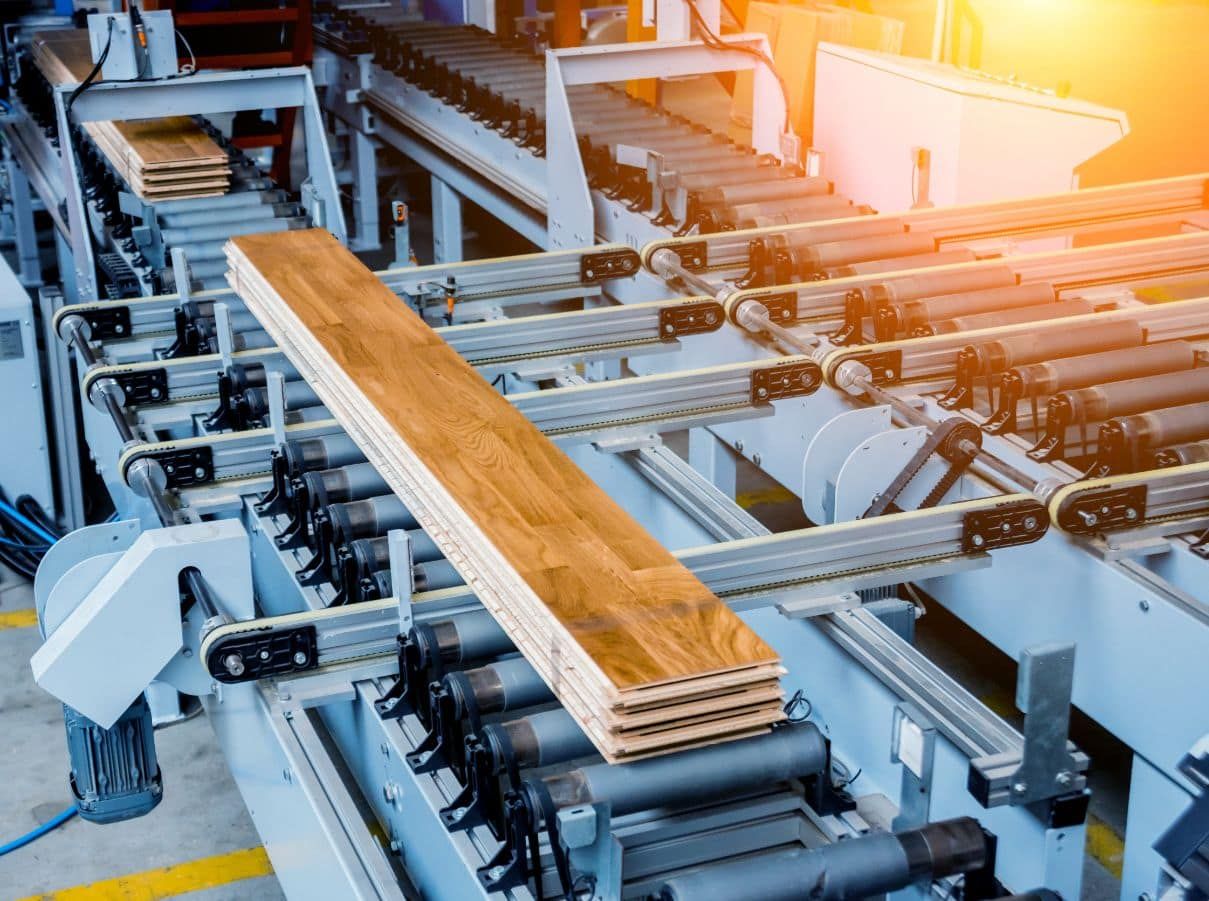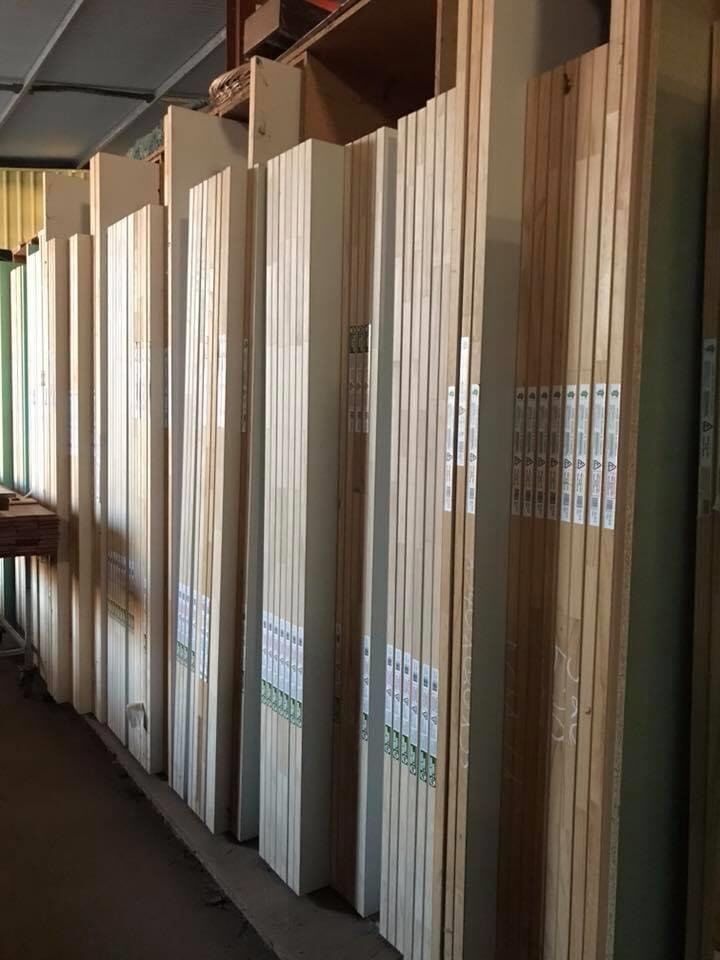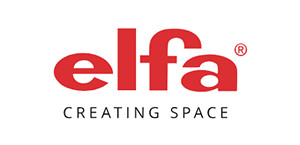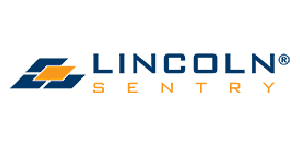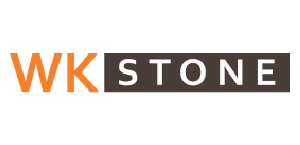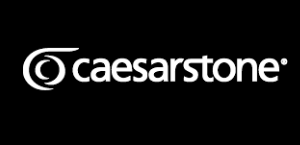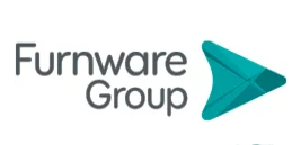Timber Machining in Grafton
- Accurate Cuts, Ready to Use
- Custom Profiles and Dimensions
- Fast Turnaround, Less Waste
Request A Call Back
Thank you for contacting Ken Willis Joinery Pty Ltd.
We will get back to you as soon as possible.
Oops, there was an error sending your message.
Please try again later.
Grafton Timber Machining
Getting timber cut to the exact size or profile you need can be one of the trickiest parts of any building or joinery project—especially if you're working with limited tools or time. That’s where our timber machining service at Ken Willis Joinery Pty Ltd in South Grafton comes in. We offer precise, made-to-order timber machining for builders, tradespeople, and DIYers right across Clarence Valley. Whether you need custom profiles, straight cuts, planing, or shaping, we’ve got the tools and know-how to deliver ready-to-use timber that fits your job perfectly. It saves you the hassle of on-site cutting and helps reduce waste, delays, and guesswork.
If you’ve got a timber job and need it done right from the start, give us a call on (02) 6642 4735 to chat about your machining needs.
Custom Cuts for a Cleaner Finish
We work with both hardwoods and softwoods, offering machining services for timber sourced from us or brought in by you. From basic trimming and docking to more detailed shaping and profiling, everything is done with care and accuracy to match your exact specs. Our machinery is ideal for producing repeat cuts in bulk or those one-off custom pieces that need to be just right. Whether you're making furniture, fitting out cabinetry, or prepping timber for construction, our machining service ensures your materials are ready to go when you are. It’s about saving you time and giving you confidence that what you’re working with is straight, square, and sized to suit.
Let us take the guesswork out of timber prep—call (02) 6642 4735 today to get your timber cut, shaped, and ready to install.
What is timber machining and what does it involve?
Timber machining refers to the process of cutting, shaping, and finishing timber to meet specific dimensions, profiles, or surface qualities. It’s commonly used in joinery, furniture making, cabinetry, construction, and DIY projects where precision and consistency are important. Timber machining can involve several techniques, including:
- Docking: Cutting timber to specific lengths.
- Planing: Smoothing and levelling surfaces for a clean, even finish.
- Profiling: Creating specific shapes, grooves, or mouldings (e.g., rebates, chamfers, tongue-and-groove joints).
- Thicknessing: Reducing timber to a consistent thickness.
- Ripping: Cutting timber lengthwise to narrower widths.
Machining ensures that timber fits the intended design or structure accurately, reducing the need for manual adjustments on site. It also helps minimise waste and speeds up the assembly process, particularly in large-scale or repetitive work.
What types of timber can be machined?
Most hardwoods and softwoods can be machined, provided they’re adequately dried and structurally sound. Common species suitable for machining include:
- Hardwoods: Spotted gum, blackbutt, oak, jarrah, ironbark, and merbau. These are often used in furniture, flooring, and decorative joinery due to their strength and appearance.
- Softwoods: Pine, spruce, and fir are widely used in construction and cabinetry, especially for framing and structural components.
Some hardwoods are denser and more abrasive on cutting tools, which may require specialised equipment and slower feed rates during machining. It's also important to note that timber must be dry (kiln or air dried) to prevent warping or movement after machining. Machining green or wet timber is generally not recommended unless it’s for specific rough carpentry applications.
Can timber be custom-machined for specific projects?
Yes, timber can be custom-machined to suit the exact needs of a specific project. This is particularly useful when working with non-standard dimensions, heritage restorations, or custom joinery designs where off-the-shelf options don’t fit. Common custom machining requests include:
- Matching existing mouldings for renovation or restoration projects.
- Creating specific profiles for skirting boards, architraves, or trims.
- Pre-cutting timber for stair treads, window frames, or cabinet components.
- Shaping timber to fit irregular or angled spaces.
Custom machining offers greater flexibility and accuracy, and it’s often more time-efficient than trying to modify timber manually on site. When requesting custom machining, it helps to provide detailed drawings, dimensions, or a sample of the profile to be matched.
